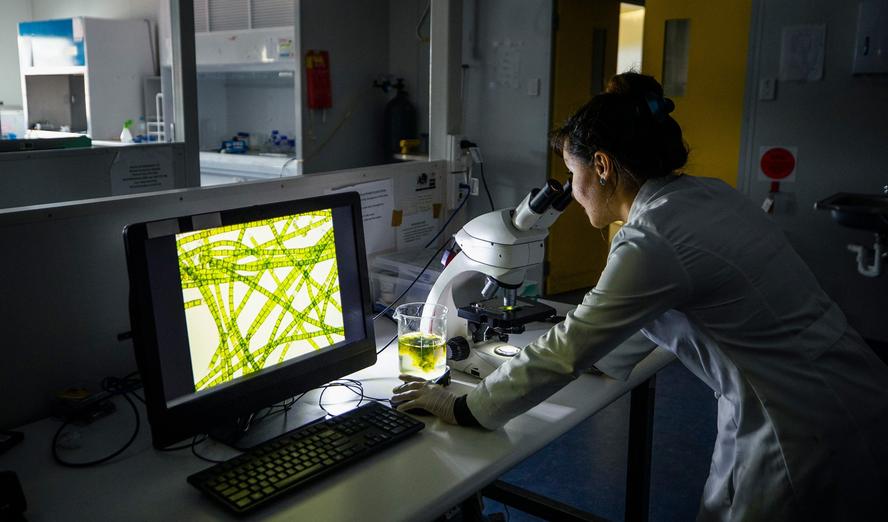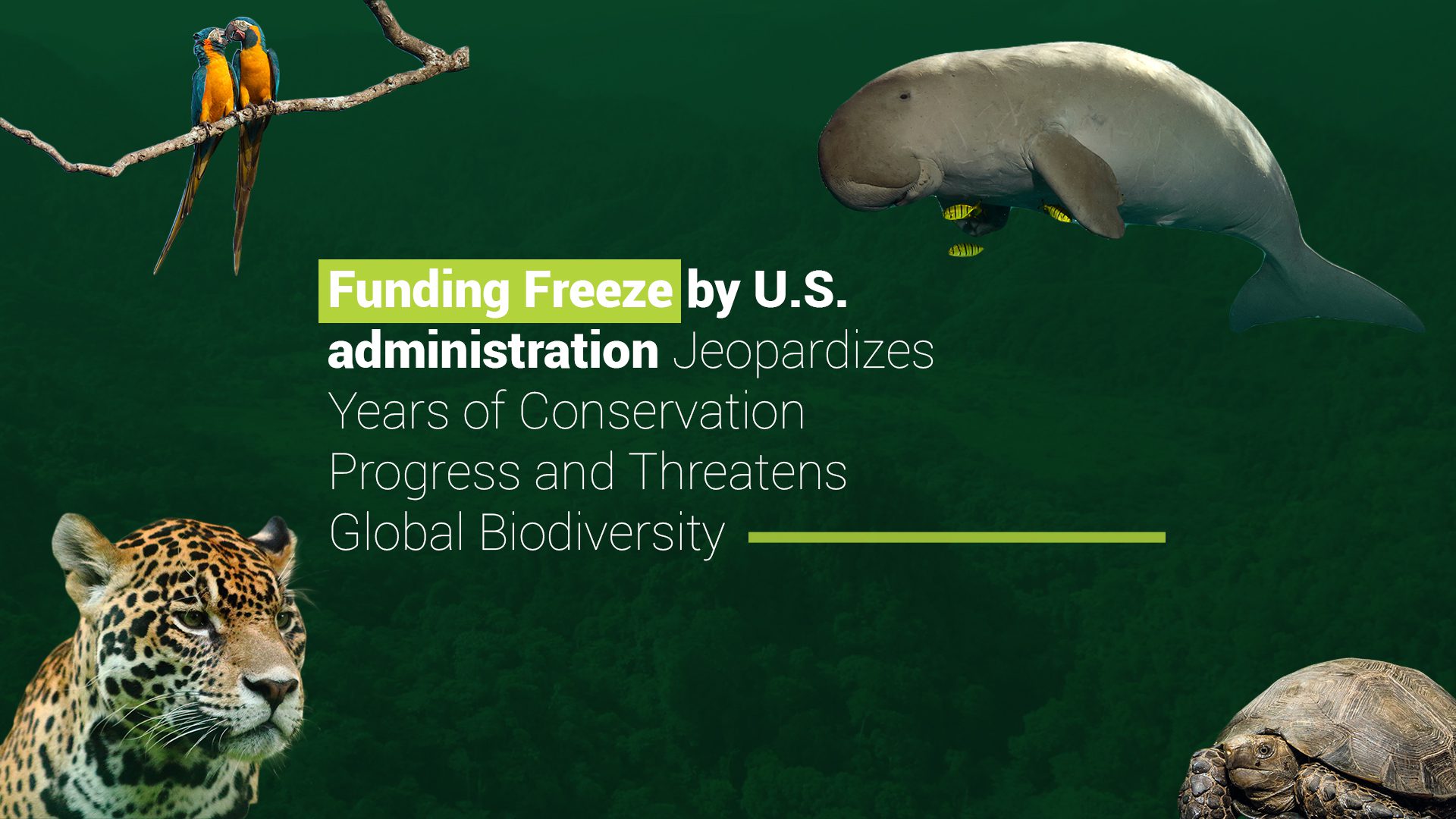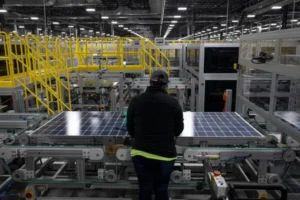Key Impact Points:
- Sustainable Goals: Lego aims to make 50% of the plastic in its bricks from renewable or recycled materials by 2026, pushing towards a 2032 goal of eliminating fossil fuels entirely from its production process.
- Cost Commitment: The company is absorbing up to 70% higher costs for certified renewable resin, a move that reflects its dedication to sustainability without passing costs onto consumers.
- Market Leadership: Despite the challenges, Lego continues to outperform the toy industry, driven by innovative products and a commitment to environmental responsibility.
Lego’s Green Ambition
Lego is setting a new standard in the toy industry with its commitment to sustainability. By 2026, the company plans to ensure that half of the plastic in its iconic bricks is made from renewable or recycled materials. This is a significant step towards its broader goal of eliminating fossil fuels from its production process by 2032.
The Cost of Sustainability
Transitioning to renewable materials isn’t cheap. Lego is paying up to 70% more for certified renewable resin, the raw plastic used in its bricks. Despite these higher costs, the company has pledged not to pass them onto consumers. Instead, Lego is shouldering the financial burden to drive industry change.
“So far we have decided that we will bear the burden of it, and [the extra cost] comes out of our bottom line. We are not sure consumers are very willing to pay,” said Niels Christiansen, CEO of Lego.
Driving Industry Change
Lego’s investment in renewable materials is part of a broader strategy to shift the supply chain towards more sustainable practices. By increasing demand for renewable resin, Lego hopes to encourage manufacturers to scale up production, eventually leading to lower costs and broader availability of sustainable materials.
Change the World - Subscribe Now
A Growing Demand for Sustainability
Lego’s efforts come at a time when there is a surplus of cheap virgin plastic, fueled by major oil companies’ investments in petrochemicals. However, the company remains committed to its green goals, using bio-waste like cooking oil and food industry waste fat as alternatives to fossil fuels in plastic production.
Market Performance
Despite the challenges posed by this transition, Lego continues to thrive. The company reported a 13% increase in sales to 31bn Danish kroner in the first half of this year, with operating profit rising 26% to a record 8.1bn kroner. This success is driven by the launch of about 300 new sets, including popular themes like Technics, Star Wars, and Harry Potter, as well as the introduction of plant-themed kits that appeal to a growing adult market.
The Road Ahead
Lego’s journey towards sustainability is far from over. The company has tested over 600 different materials in its quest to find a suitable replacement for oil-based plastics. While progress has been slow, the company remains optimistic about reaching its 2032 goal.
Related Article: Countries Urged to Set Stronger Plans for Achieving the Global Goal of Tripling Renewable Power by 2030
“With a family-owner committed to sustainability, it’s a privilege that we can pay extra for the raw materials without having to charge customers extra,” Christiansen noted.
Lego’s commitment to sustainability not only sets it apart in the toy industry but also positions it as a leader in the global effort to reduce reliance on fossil fuels. As the company continues to innovate and invest in greener alternatives, it serves as a powerful example of how businesses can balance profitability with environmental responsibility.












